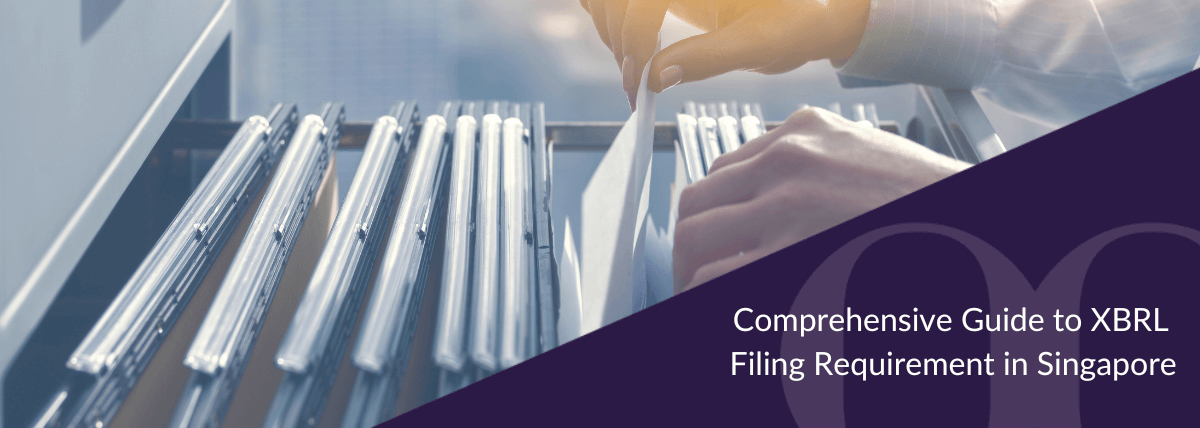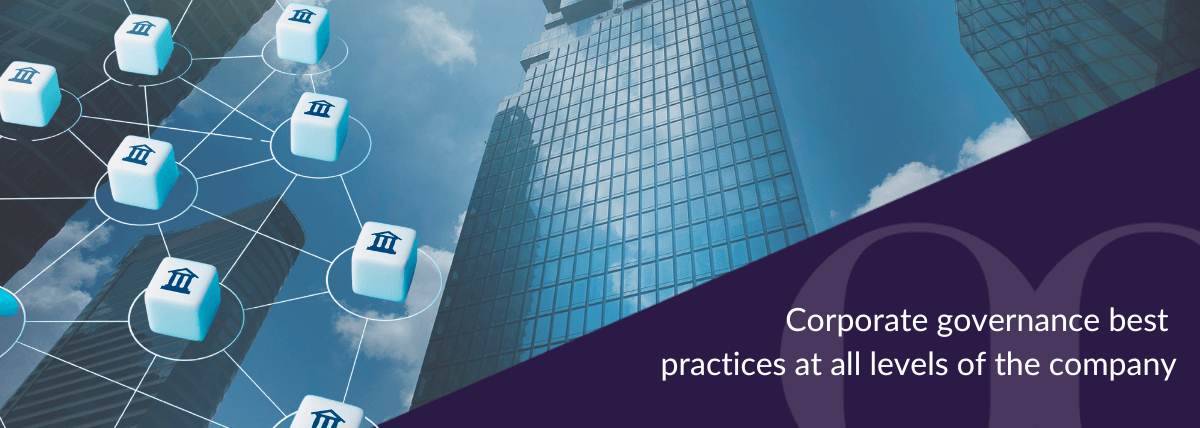The filing and submission of annual returns to the Accounting and Corporate Regulatory Authority (ACRA) is considered a necessary part of a company’s governance in Singapore and a legal requirement for all registered companies.
Many companies view annual filings as just another legal obligation, but according to Samantha Tai, Head of Corporate Secretarial, Asia of BoardRoom Group, it can play a role in the company’s governance which ultimately leads to the company’s overall success and sustainability, “Completing your corporate annual filing should not be treated as simply another legal obligation. Whilst the process may seem challenging, it serves to provide stakeholders with a concise view of the company’s governance. It can also be viewed as an opportunity to showcase your company’s commitment to compliance, accountability and transparency.”
In this guide, we help you understand the fundamentals of filing annual returns, including their significance, steps in annual filing and key considerations to ensure a smooth filing process.
What Is an Annual Return?
An annual return is an electronic form that every Singapore-registered company must lodge with ACRA in Singapore annually. It gives a comprehensive overview of your company’s current corporate structure, financial status, and compliance with local regulations, which provide critical information that helps the company’s stakeholders to make informed decisions.
The Importance of Annual Returns
Filing annual returns is a regulatory requirement in Singapore. It is also a critical practice in maintaining the integrity of Singapore’s corporate environment. These filings allow ACRA’s database to remain updated, providing stakeholders with the transparency they need and getting hold of accurate information about a company’s operational status.
For companies, staying compliant with annual return filings can help them avoid late lodgement penalties and reinforce stakeholder confidence in their corporate governance standards.

Who Needs to File an Annual Return?
All entities registered in Singapore are mandated to file annual returns with ACRA, which include the following:
- Private and public companies
- Foreign companies
- Limited Liability Partnerships (LLPs)
This wide-ranging requirement enables the government to provide a transparent and accountable corporate environment across all types of business entities.
What Are the Required Documents for Filing Annual Returns?
There are a number of documents and information required for the filing annual returns; they include, but are not limited to:
- Company Information: This should include your company’s name, Unique Entity Number (UEN) number, and registered address.
- Principal activities of Company: You will need to confirm whether there are any changes to your company’s primary and secondary business activities.
- Details of Company Officers: These include the full names, identification numbers (for Singapore residents), and nationality (for non-Singapore residents) of your company’s directors and secretary.
- Shareholder Details & Share Capital: This section should detail your company’s shareholders and outline the share capital structure.
- Financial statements required: Annual returns must be filed together with financial statements in XBRL format (unless exempted), and companies must ensure these documents are prepared accurately and in compliance with the Singapore Financial Reporting Standards (SFRS):
- Statement of Financial Position (Balance Sheet)
- Statement of Comprehensive Income (Profit & Loss)
- Statement of Cash Flows
- Statement of Changes in Equity
You are required to appoint an auditor to have your Financial Statements audited if your company meets any TWO of the following conditions:
- Has 50 or more employees
- Has total assets that exceeds S$10 million
- Has total annual revenue that exceeds S$10 million

Commonly Asked Questions on Annual Return Filing
Private companies may not need to hold an AGM if they meet any of these criteria:
- if all members have approved a resolution to dispense with the holding of AGMs;
- if the company sends their financial statements to members within 5 months after the FYE; or
- if the company is a private dormant relevant company that is exempt from preparing financial statements.

Step-by-Step Guide for Filing Annual Return on BizFile+
The filing of Annual Returns must be done through BizFile+, the official online filing and information retrieval system managed by the ACRA. Basically, BizFile+ is a central hub for all corporate regulatory transactions and the filing of business documents in Singapore.
Access to BizFile+ requires you to possess a Singpass or CorpPass, which acts as a secure digital identity for businesses and individuals to conduct online transactions with government agencies.
To ensure a streamlined and efficient filing process of annual returns, here are the steps you can follow:
- Start by visiting BizFile+ and log in using your Singpass or CorpPass credentials.
- Once logged in, proceed to your company’s profile by either searching for your company by name or registration number.
- Within your company’s BizFile+ dashboard, locate and select the option to file an annual return.
- Certain sections of your annual return may already be filled based on previous filings. Review this information carefully and update it if necessary.
- Depending on your company’s type, size and financial reporting requirements, you may need to upload additional documents, such as audited financial statements.
- Once all information has been reviewed and the necessary documents uploaded, submit your annual return.
What Are some Additional Key Considerations You Should Know about Annual Returns Filing?
There are several key considerations that you should be mindful of, to ensure a smooth process of filing annual returns.
How Can BoardRoom Support Your Annual Return Filing Process in Singapore?
For businesses operating in Singapore, filing annual returns on time is essential. In addition to being required by law, it also showcases a company’s commitment to corporate responsibility and transparency. Timely and correct submissions facilitate maintaining a company’s reputation.
With 50 years of proven track record and expertise in corporate services, BoardRoom offers you comprehensive support in navigating the complexities of ACRA annual return filings, XBRL conversion, and AGM meeting management. With our integrated services, you can be assured of streamlined coordination and synergy that ensures all your compliance requirements are met.
Contact BoardRoom today for a tailored solution that is customised to your requirements.
Contact BoardRoom for more information:
Related Business Insights
-

08 Jul 2024
Your Guide to Corporate Tax Filing in Singapore
Learn to navigate corporate tax filing in Singapore effectively and ensure timely, compliant submissions with our c …
READ MORE -

14 Jun 2024
Comprehensive Guide to XBRL Filing Requirement in Singapore
Explore the essentials of XBRL filing in Singapore, covering mandatory requirements, benefits, preparation steps, a …
READ MORE -

11 Jun 2024
Corporate governance best practices at all levels of the company
Corporate governance goes beyond compliance, shaping the fabric of an organisation. Discover the corporate governan …
READ MORE





















